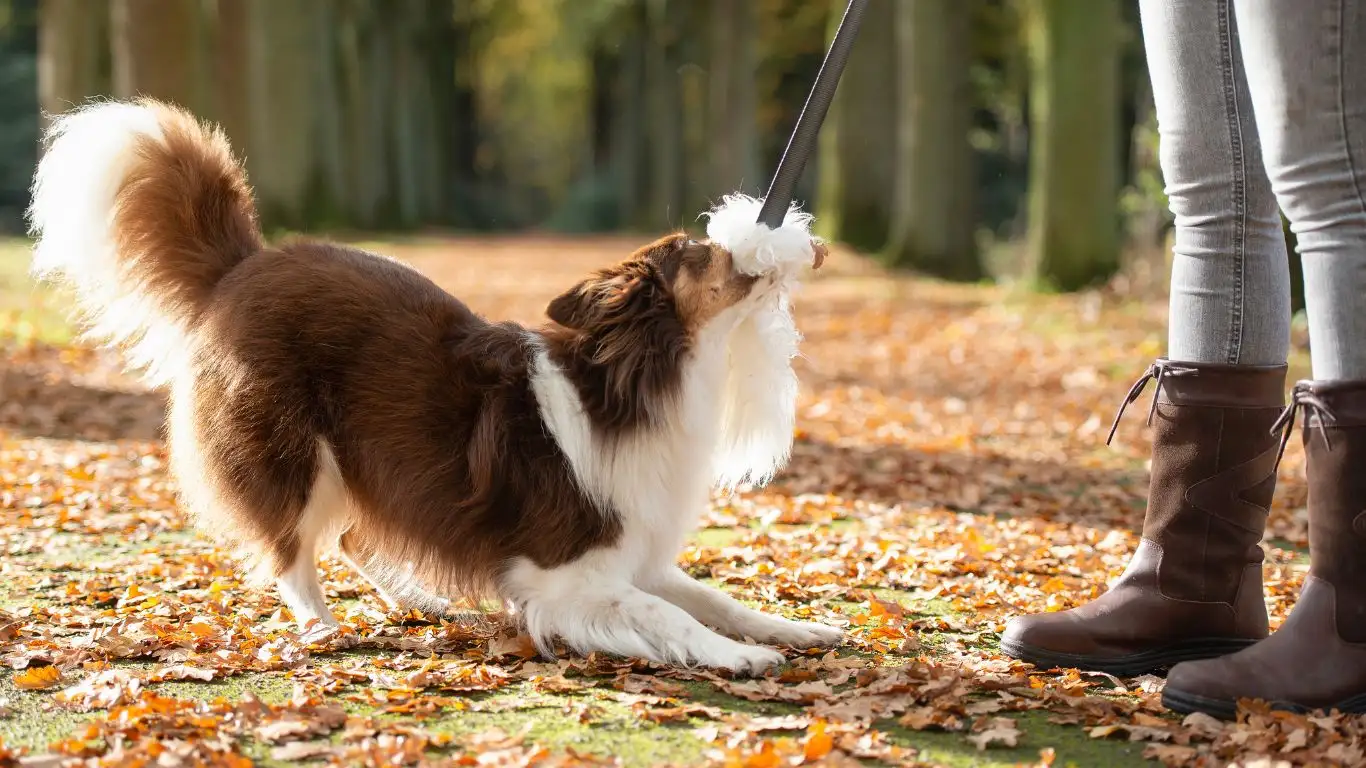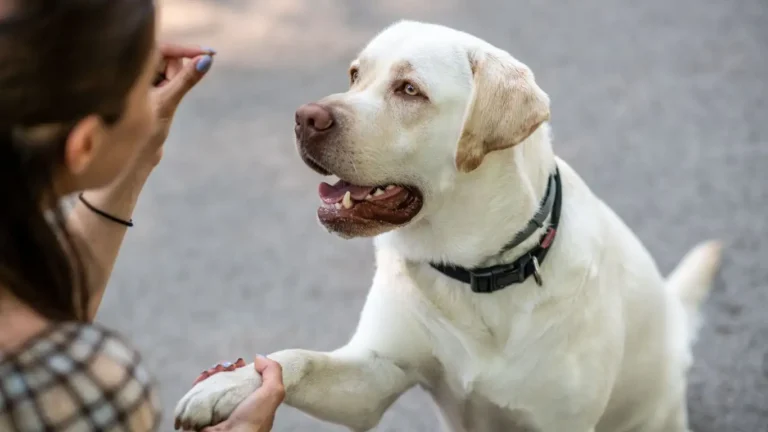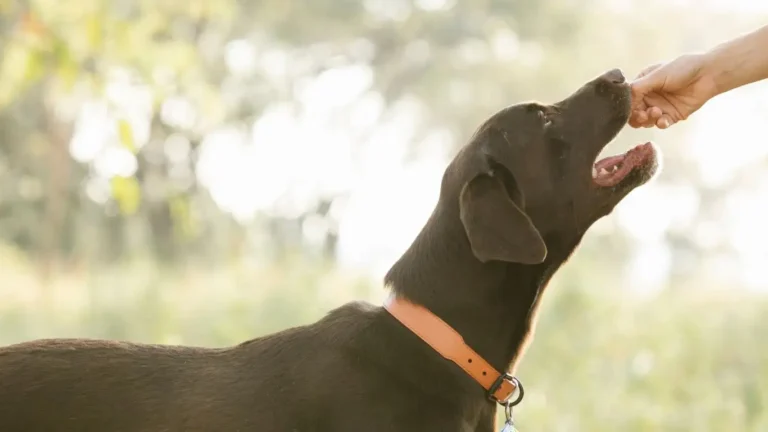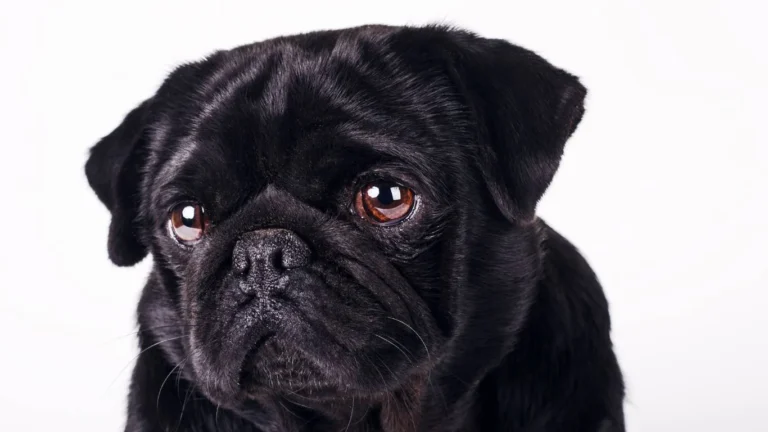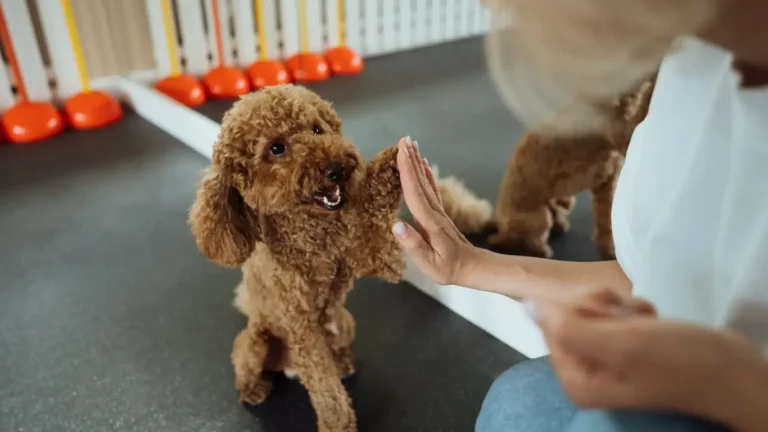Master How to Train a Dog to Stay Quiet While Working Easily
If you’ve ever worked with therapy dogs—or even just tried to train your own furry friend—you know one thing for sure: teaching a dog to stay quiet while working isn’t always as straightforward as it sounds. As a Canine-Assisted Therapy Trainer, I’ve seen firsthand how important this skill is, especially when dogs need to maintain calmness and focus in environments filled with distractions. How to train a dog to stay quiet while working is a question I get asked all the time, and trust me, it’s not about shutting them up—it’s about communication, trust, and patience.
Understanding Why Dogs Bark While Working

Before diving into training techniques, it’s crucial to grasp why dogs vocalize during work sessions. From my experience, barking usually happens because dogs are:
- Alerting to new stimuli: Dogs have sharp senses, and any unfamiliar sound or movement can trigger barking.
- Seeking attention: Sometimes, a dog barks to communicate needs or boredom.
- Expressing excitement or anxiety: Working dogs often want to please but might feel overstimulated.
Recognizing these reasons helps us approach the problem with empathy rather than frustration, which makes the training process smoother and more effective.
Step One: Establishing a Calm Baseline

Creating a Quiet Environment
From the start, it’s key to create a setting that encourages calmness. When I work with new therapy dogs, I always begin in a low-distraction environment—usually a quiet room or a calm outdoor space—where the dog can focus on me without feeling overwhelmed.
Tips for this step:
- Use soft tones and slow movements to avoid startling your dog.
- Keep sessions short and positive to build comfort.
- Have treats or favorite toys ready as rewards.
Teaching the “Quiet” Cue
One of the first commands I teach is a clear, consistent “quiet.” When your dog barks, wait for a pause and then calmly say “quiet,” rewarding them immediately when they stop vocalizing. This helps the dog associate the command with the action you want.
In my practice, timing is everything—rewards must be given right after the dog obeys, so they connect the behavior with the treat. Over time, the dog learns that staying quiet brings good things.
Step Two: Building Focus Amid Distractions
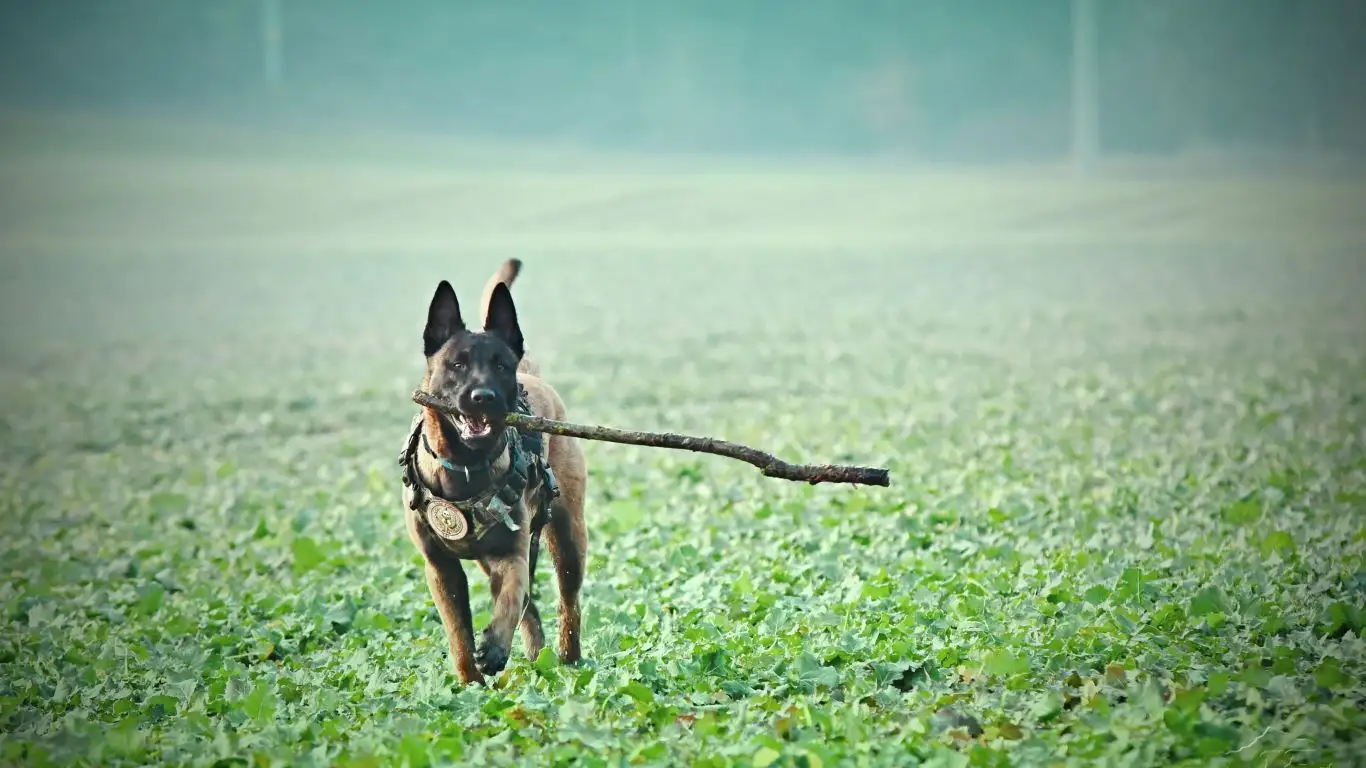
Gradual Exposure to Real-World Stimuli
Dogs don’t learn to stay quiet just in quiet rooms; they need to practice where distractions happen. I usually start by introducing mild distractions—like background noises or distant movement—and gradually increase the challenge as the dog’s confidence grows.
This step is all about patience. If your dog barks, don’t scold harshly. Instead, redirect their attention with the “quiet” cue or a simple call, and reward compliance immediately.
Use of Positive Reinforcement
Positive reinforcement remains the cornerstone of effective training. In my sessions, I use a mix of verbal praise, treats, and gentle petting to reinforce calm, quiet behavior. Over time, the dog starts to realize that being quiet is not just expected—it’s rewarded.
Consistency matters. Training every day, even for just a few minutes, makes a huge difference.
Step Three: Teaching Alternative Behaviors

Redirecting Energy with “Place” or “Settle” Commands
One thing I’ve learned over the years as a Canine-Assisted Therapy Trainer is that telling a dog to be quiet without giving them something to do is often asking too much. Dogs naturally want to communicate, so instead of just asking for silence, I teach them alternative behaviors that encourage calmness.
The “place” or “settle” commands work wonders here. When your dog starts to get restless or vocal, guiding them to their designated spot or encouraging them to lie down quietly can help them focus their energy in a positive way. It’s like giving their brain a little “time out” while still feeling productive.
In my sessions, I use a soft mat or bed as the “place” spot and pair it with lots of praise and treats. Dogs quickly learn that staying there quietly brings rewards, and it becomes a go-to strategy during therapy sessions when calmness is key.
Using “Speak” and “Quiet” Together
It might sound counterintuitive, but teaching your dog to “speak” on command can actually help with quiet training. By giving them control over when to vocalize, you reduce random barking, because the dog understands when it’s okay to bark and when it’s not.
Here’s what I usually do:
- Teach “speak” first, rewarding the dog when they bark on command.
- Follow up immediately with the “quiet” command, rewarding silence right after the bark.
- Repeat this back-and-forth until the dog clearly understands the difference.
This back-and-forth training builds communication and trust, which is absolutely essential for therapy dogs working in sensitive environments.
Step Four: Managing Unexpected Triggers
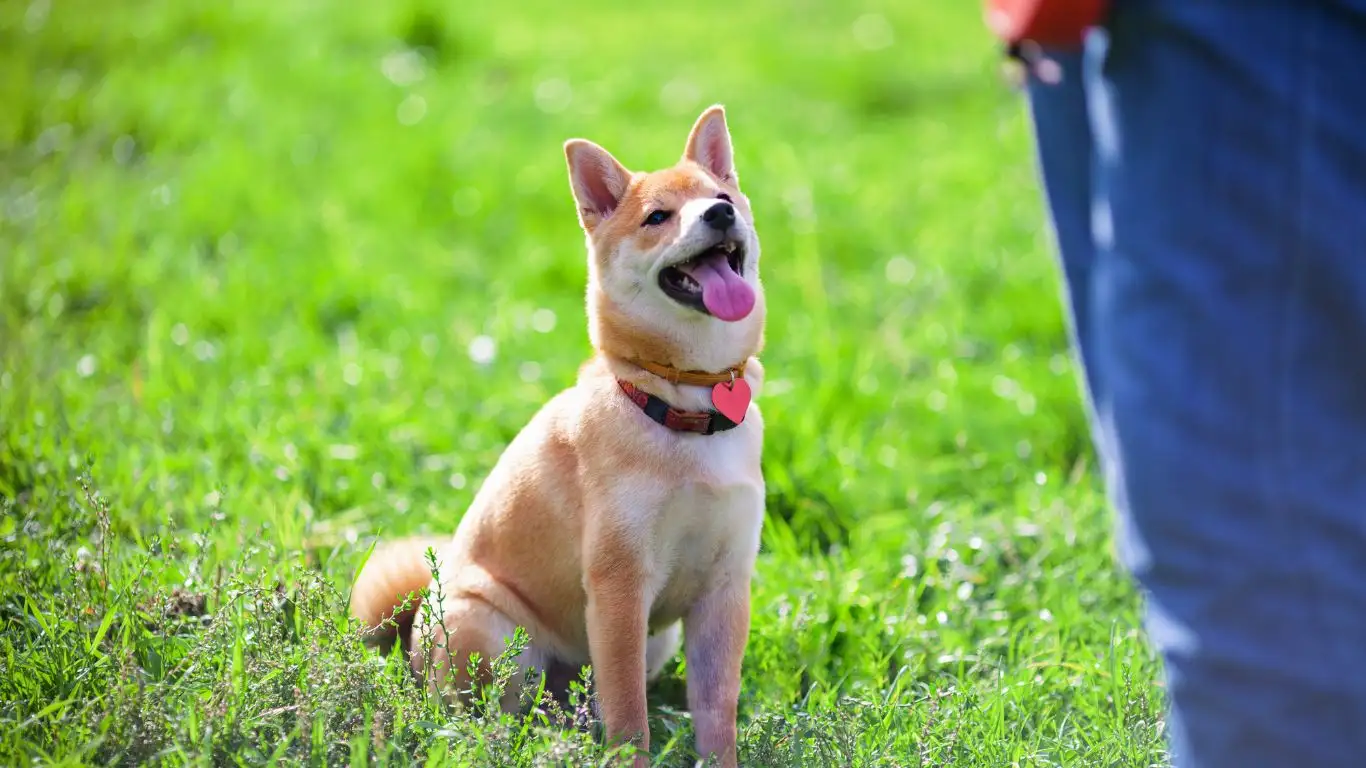
Recognizing and Minimizing Triggers
Even the most well-trained dog can get startled or excited by unexpected triggers. From loud noises to sudden movements, these moments can make staying quiet a real challenge.
In my experience, part of how to train a dog to stay quiet while working involves recognizing what sets your dog off and planning around those triggers. That might mean:
- Avoiding particularly noisy areas during early training stages.
- Using calming signals like slow blinking or a soft voice to soothe your dog.
- Practicing controlled exposure to those triggers, gradually desensitizing the dog.
It’s not about shielding your dog from everything but about preparing them to handle it with confidence.
Calm Leadership and Body Language
Dogs are incredibly tuned into our moods and energy, which is something I stress all the time with trainers and handlers alike. If you’re tense or frustrated, your dog will pick up on that and often react with increased anxiety or barking.
Staying calm and using purposeful, relaxed body language sends a clear message to your dog that there’s no need to alert or vocalize. When I’m working with therapy teams, I always remind handlers to breathe deeply, keep their posture open, and move with intention. This calm leadership goes a long way in helping the dog stay quiet and focused.
Step Five: Reinforcing Quiet Behavior During Work
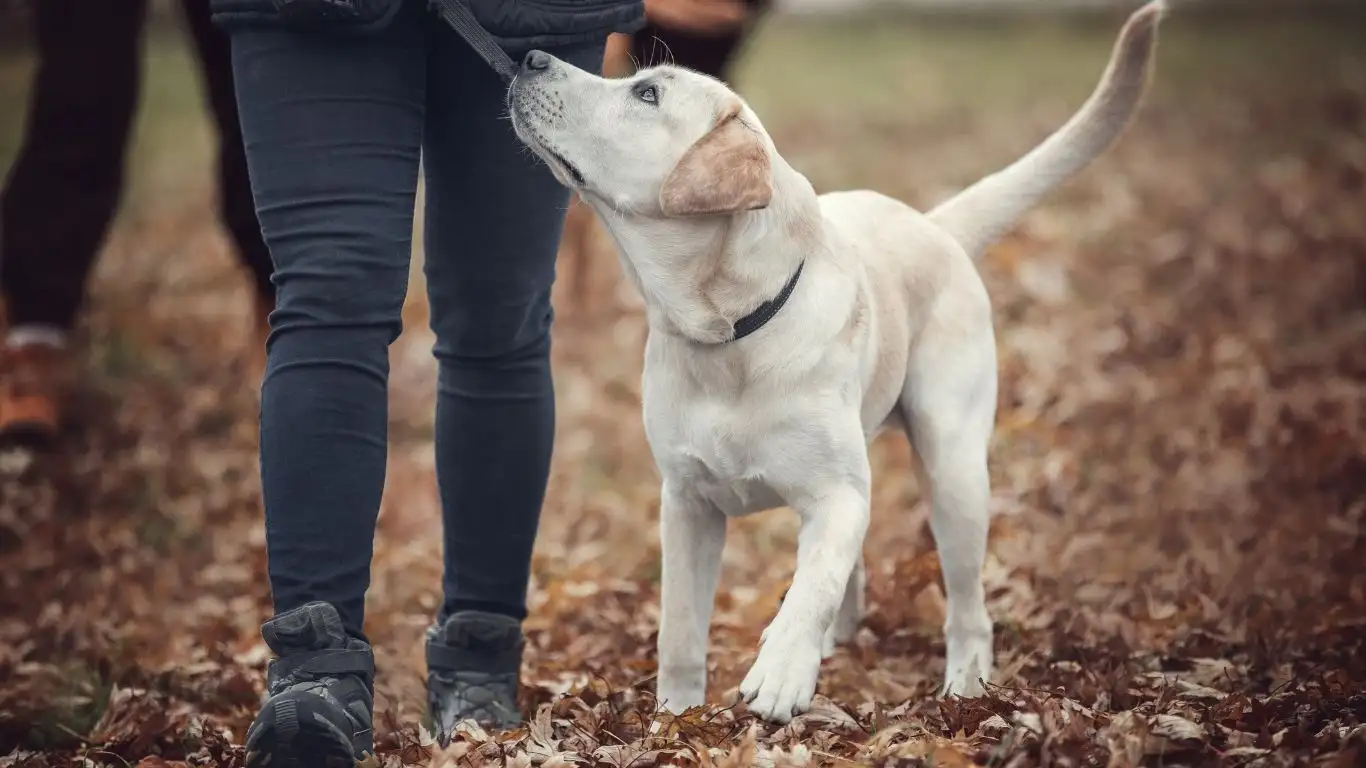
Rewarding Quietness in Real Situations
The true test of any training is how well it holds up in the real world, especially during therapy visits where distractions are everywhere. One trick I use regularly is having a small pouch of high-value treats ready and rewarding my dog the moment they stay quiet through a potentially noisy situation.
These rewards don’t have to be food every time—sometimes it’s a quiet word of praise, a gentle scratch behind the ears, or a quick break to a favorite toy. The key is reinforcing that quiet behavior is what earns positive attention, even when the environment is less than calm.
Consistency Is Your Best Friend
From my years of hands-on experience, I can’t stress enough how important consistency is. Dogs thrive on routine and clear expectations, so keeping training sessions regular, short, and positive is critical.
Set aside a few minutes every day to practice the “quiet” cue and alternative behaviors, even when things seem to be going well. This ongoing effort helps maintain your dog’s skills and builds a solid foundation for calm, quiet work.
Remember: Training a dog to stay quiet while working isn’t about silencing them forever—it’s about helping them understand when their voice is needed and when calmness takes center stage.
Step Six: Troubleshooting Common Challenges
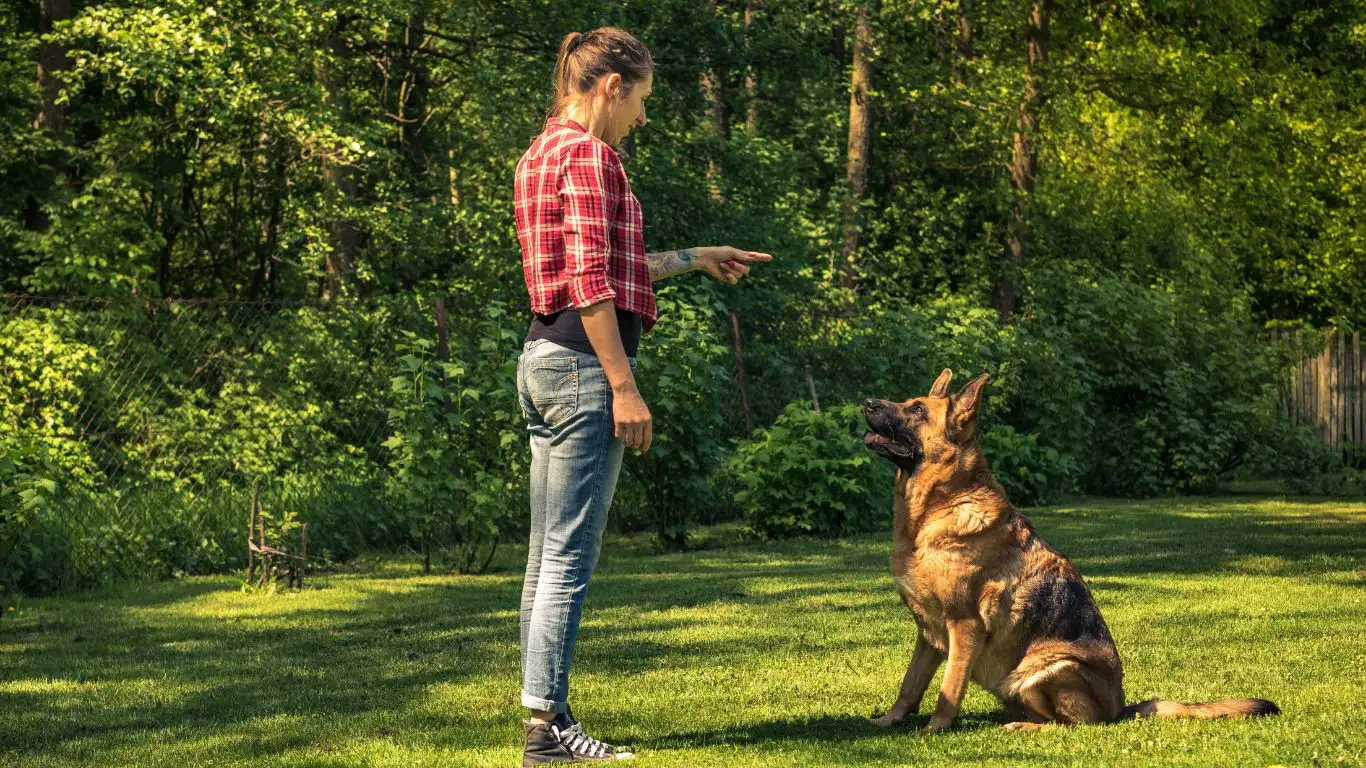
Handling Persistent Barking
Let me be real with you—sometimes, even the best-trained dogs hit a snag and start barking persistently during work. It happens, and it’s nothing to feel bad about. In my years of training therapy dogs, I’ve noticed that persistent barking often points to underlying issues like boredom, anxiety, or unmet needs.
Here’s what I usually recommend when barking won’t quit:
- Check for physical needs: Is your dog hungry, thirsty, or needing a bathroom break? Sometimes those simple needs get overlooked in training.
- Increase mental and physical stimulation: Dogs that aren’t challenged enough tend to bark out of frustration. Puzzle toys, obedience drills, or longer walks can help burn off excess energy.
- Revisit your training foundation: Go back to basics like “quiet” and “place” in a low-distraction environment to rebuild good habits.
Trust me, patience is your best friend here. The key is to stay calm and consistent, even when it feels like progress is slow.
Dealing with Anxiety-Driven Barking
In therapy work, many dogs face anxiety triggers that aren’t always obvious. Loud environments, new people, or unpredictable situations can all set off barking. I always recommend collaborating with a professional trainer or behaviorist if anxiety is a big factor because sometimes it requires a tailored approach.
That said, some helpful tips include:
- Use calming aids like pressure wraps or calming scents—but always consult your vet first.
- Practice gradual desensitization and counterconditioning, slowly exposing your dog to triggers while pairing with treats and comfort.
- Incorporate calming exercises such as “watch me” or gentle massage during stressful moments.
It’s not a quick fix, but with time and care, many dogs learn to handle their anxiety better and stay quieter during their important work.
Step Seven: Partnering with Your Dog for Long-Term Success
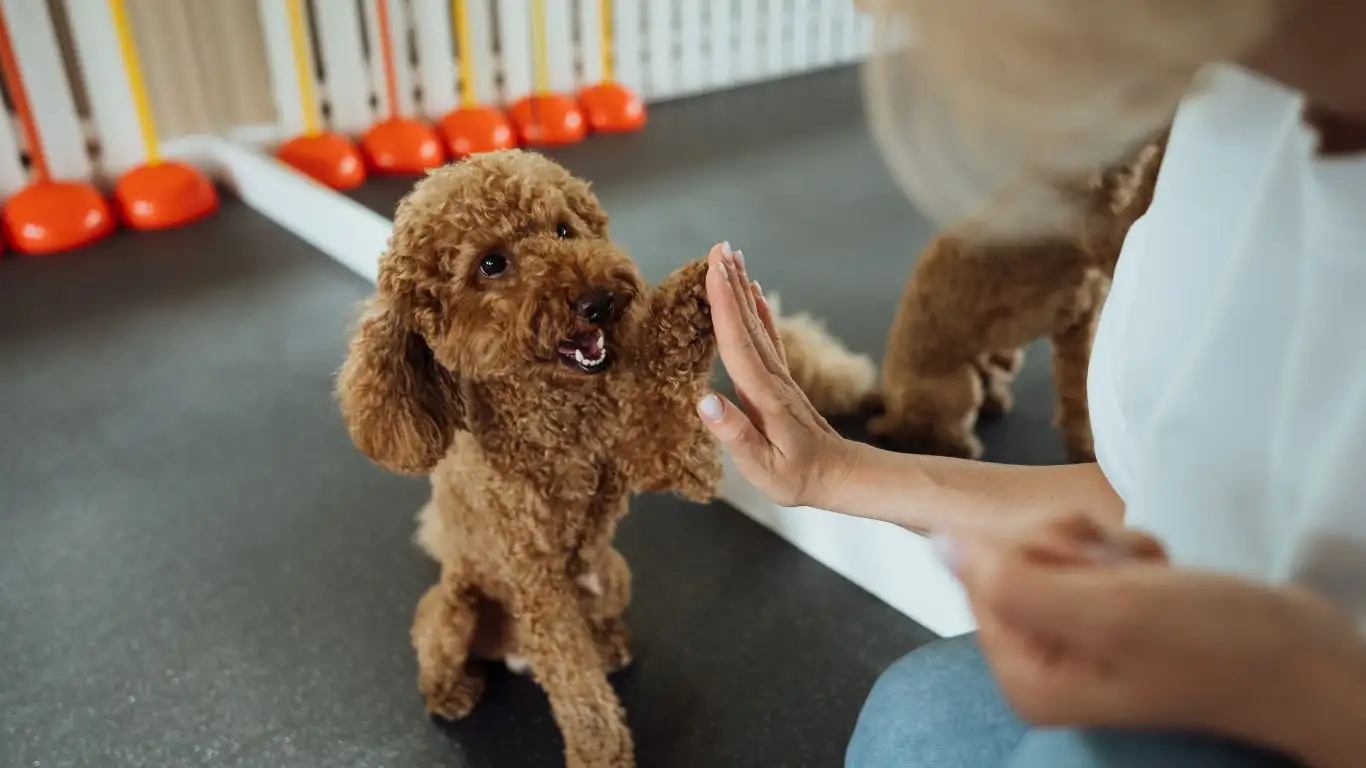
Building Trust and Communication
One of the most rewarding parts of my job is watching the bond between handler and dog deepen through training. Quiet behavior isn’t just about discipline—it’s about trust. The more your dog feels understood and safe, the more naturally calm and quiet they’ll be while working.
In my experience, investing time in just hanging out with your dog, reading their body language, and responding gently to their needs makes all the difference. A dog who trusts you won’t feel the need to bark out of uncertainty or stress.
Maintaining Training Over Time
Quiet work isn’t a “set it and forget it” deal. Just like humans need ongoing practice to keep skills sharp, dogs need regular refresher sessions to maintain their quiet behavior, especially if their work environments change.
I recommend:
- Scheduling short daily practice sessions focused on calmness and quiet.
- Mixing in real-world scenarios to keep the dog adaptable.
- Celebrating successes and staying positive to encourage ongoing good behavior.
Remember, your dog’s progress is a journey—not a race. Celebrate the small wins and keep your expectations realistic. This approach fosters a happy, confident therapy partner who thrives on teamwork.
References and Resources
- ASPCA – Animal Behavior Resources
- American Veterinary Medical Association
- American Kennel Club – Training Tips
Disclaimer
The information shared in this article is based on my professional experience as a Canine-Assisted Therapy Trainer and current best practices in dog training. However, every dog is unique, and what works for one may not work for another. If your dog exhibits persistent behavioral issues or anxiety, I strongly recommend consulting with a certified professional trainer or veterinarian for personalized guidance.
